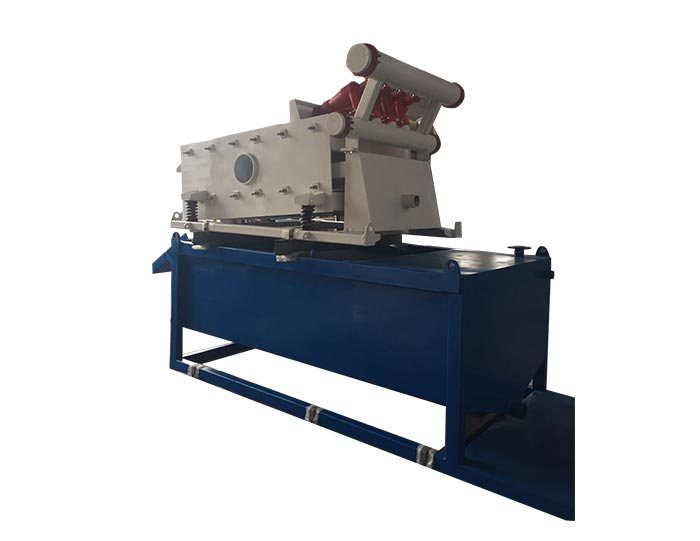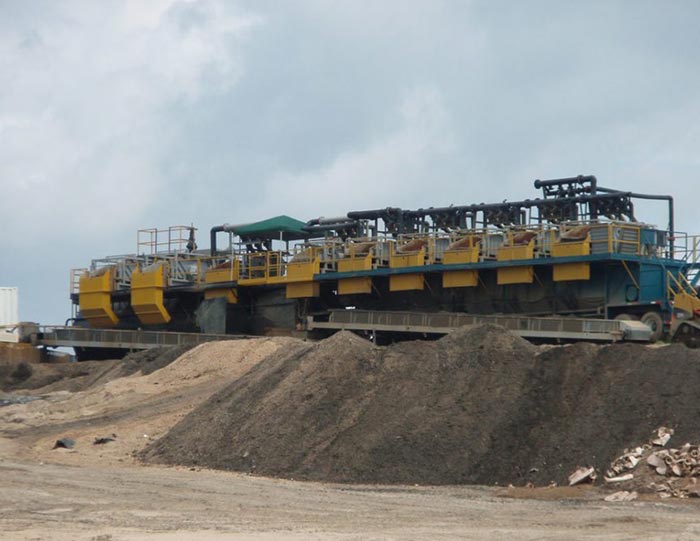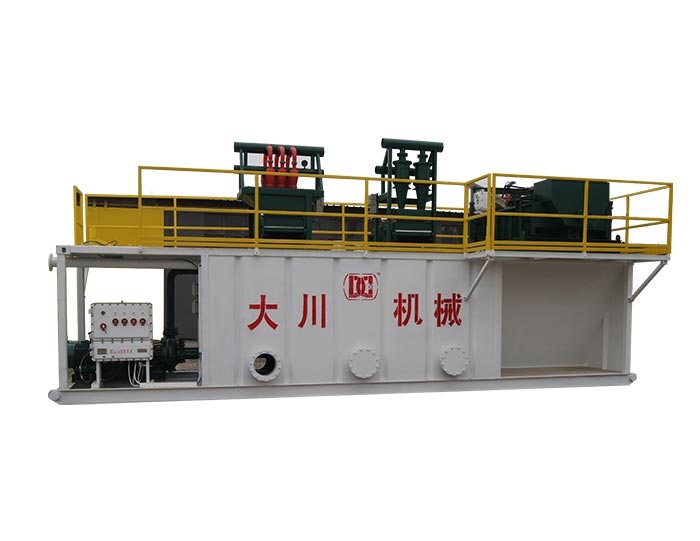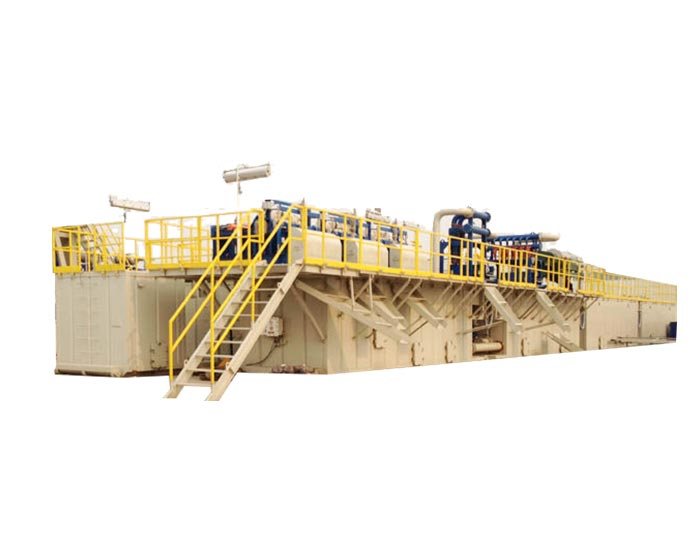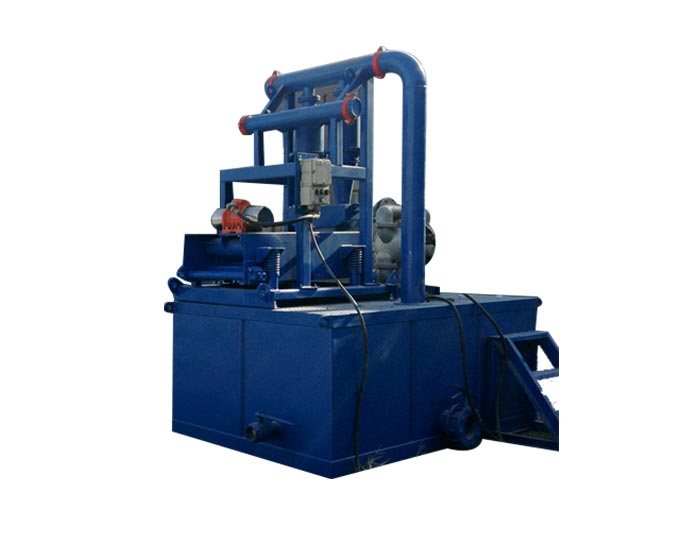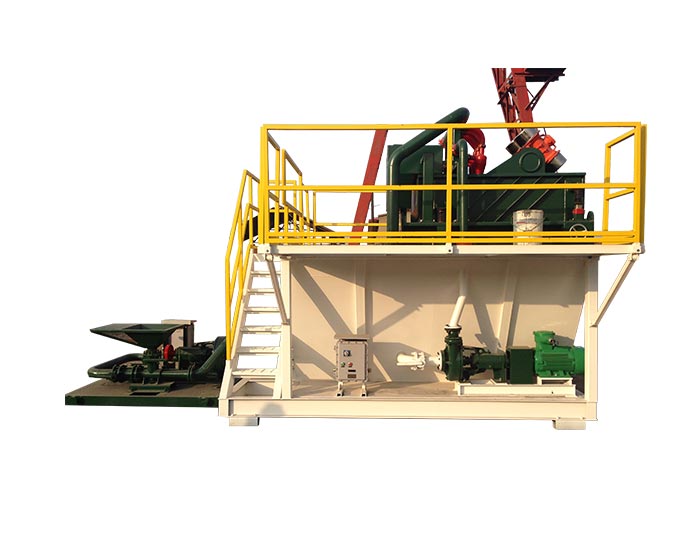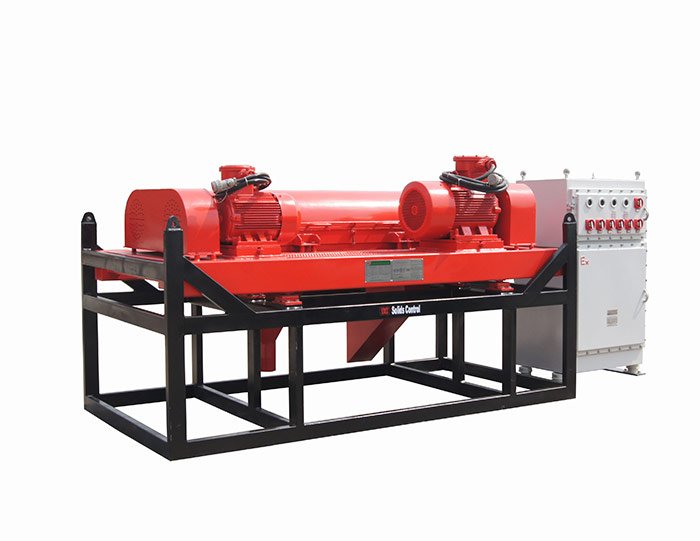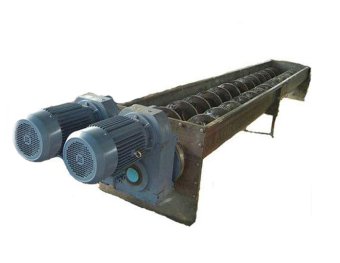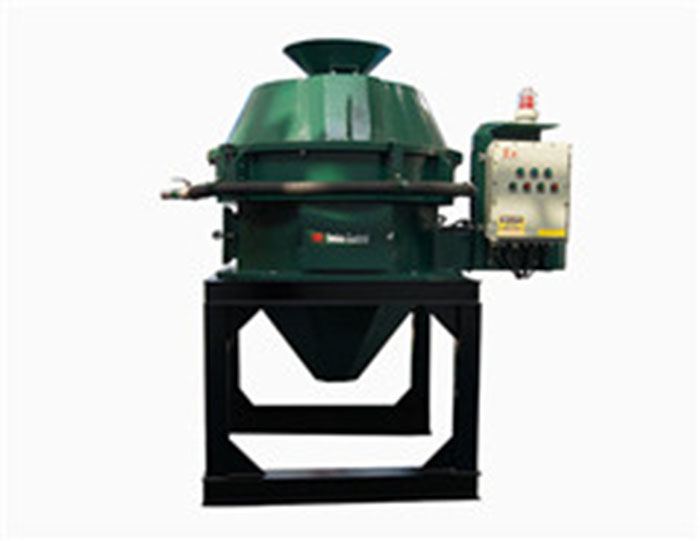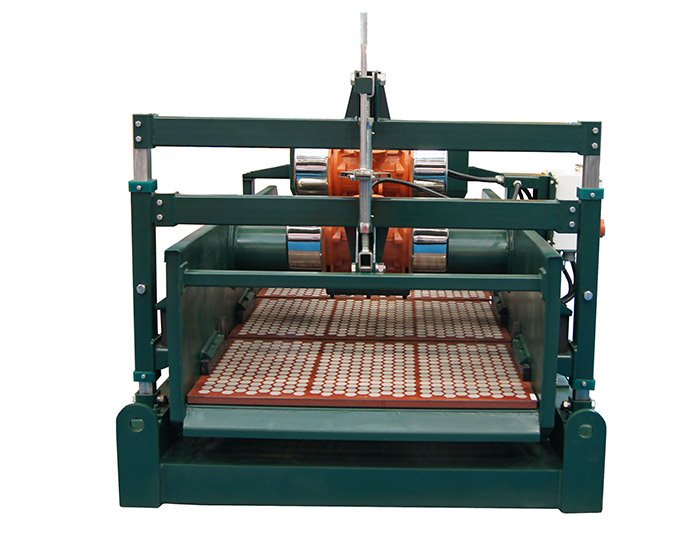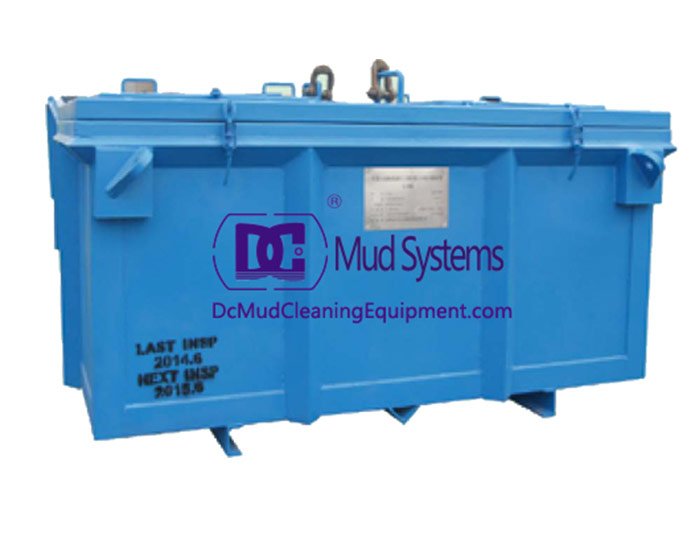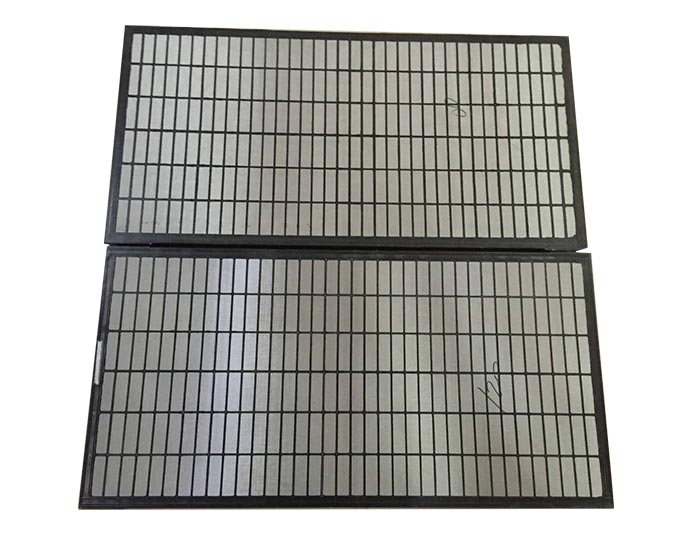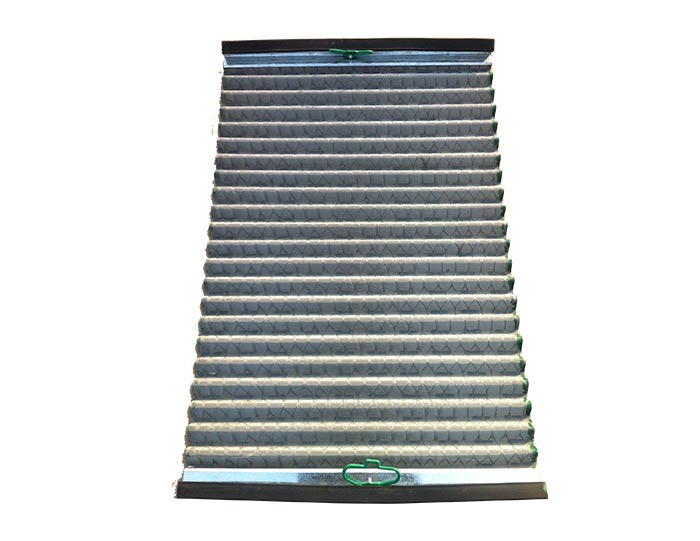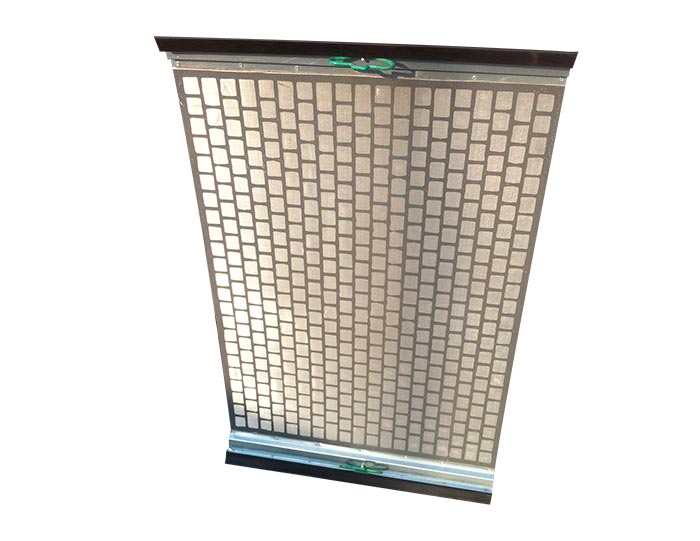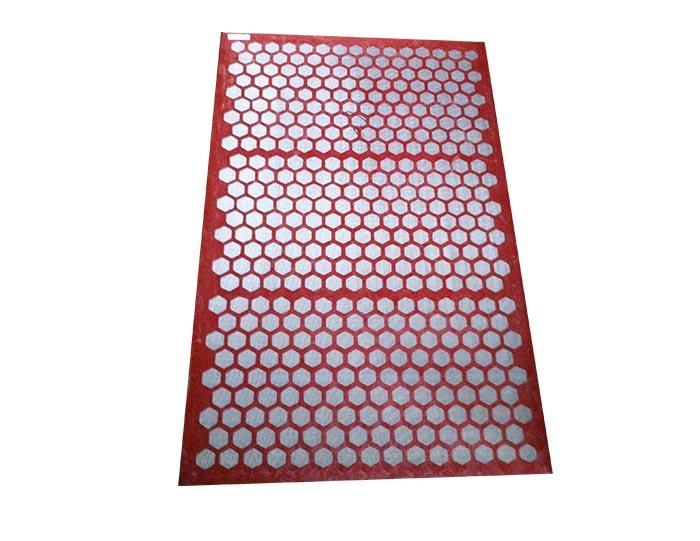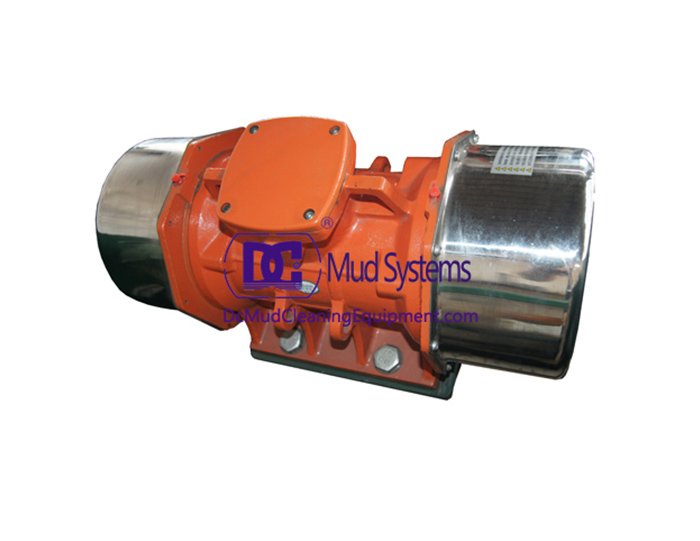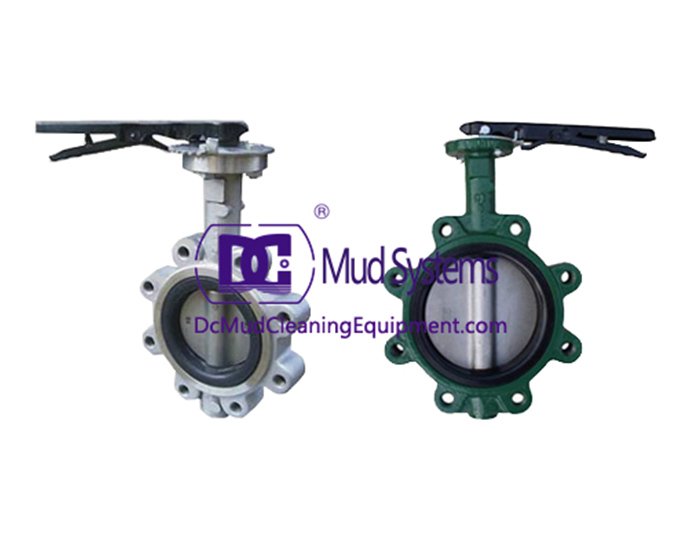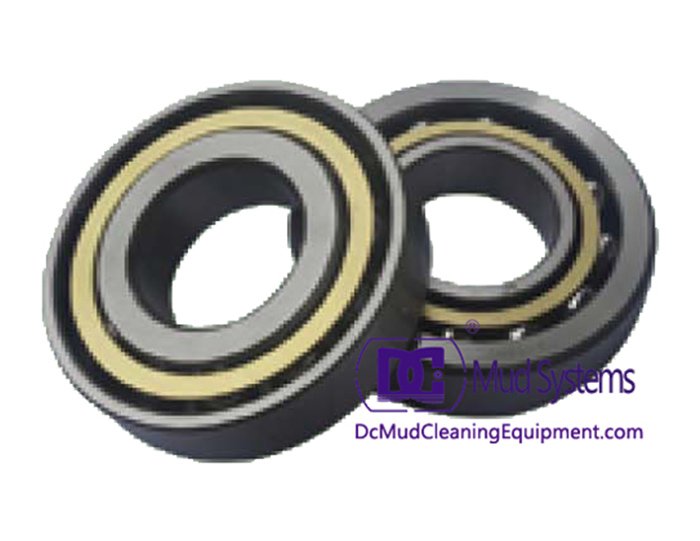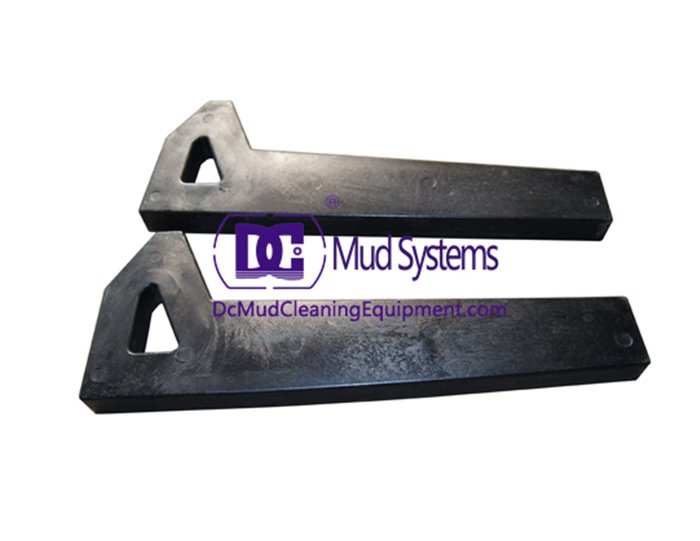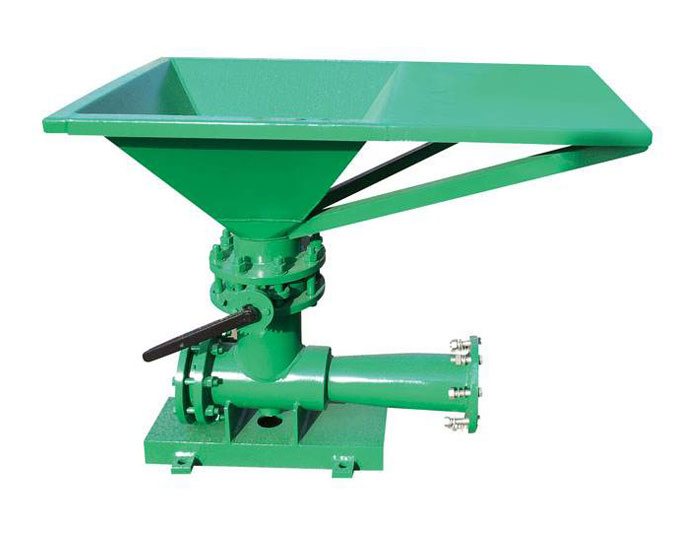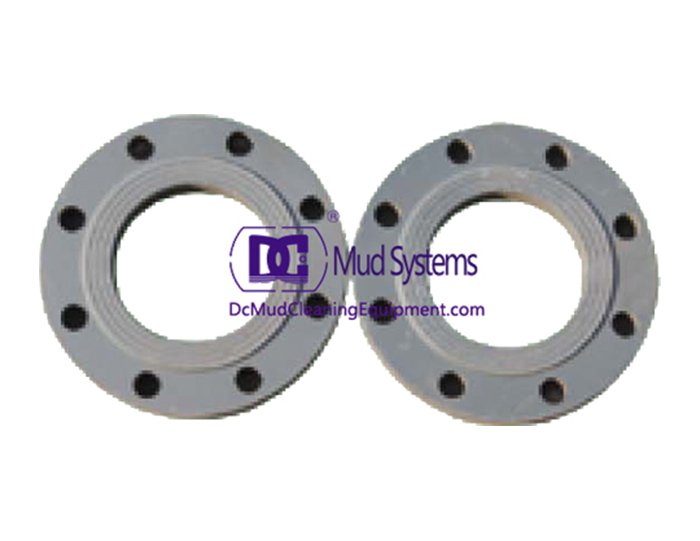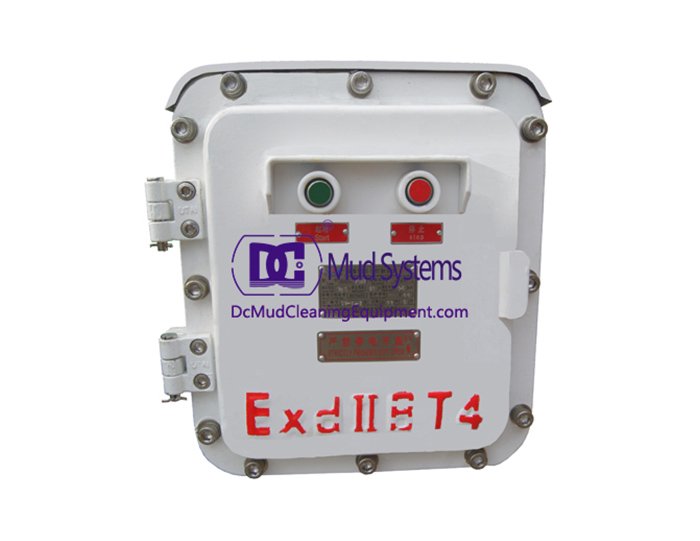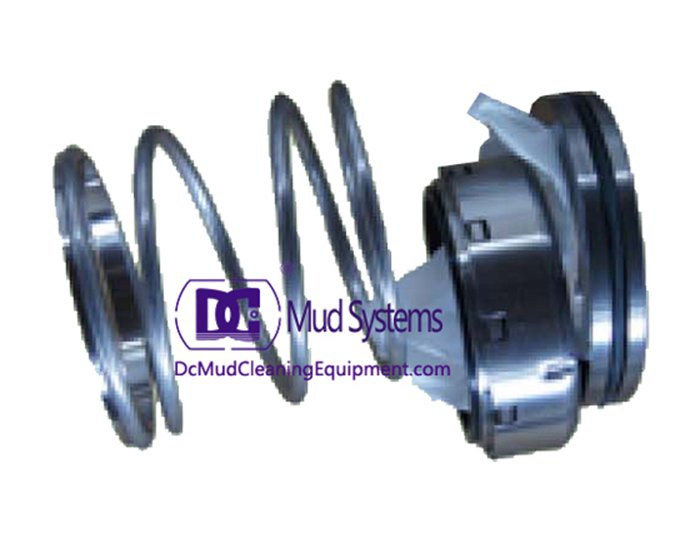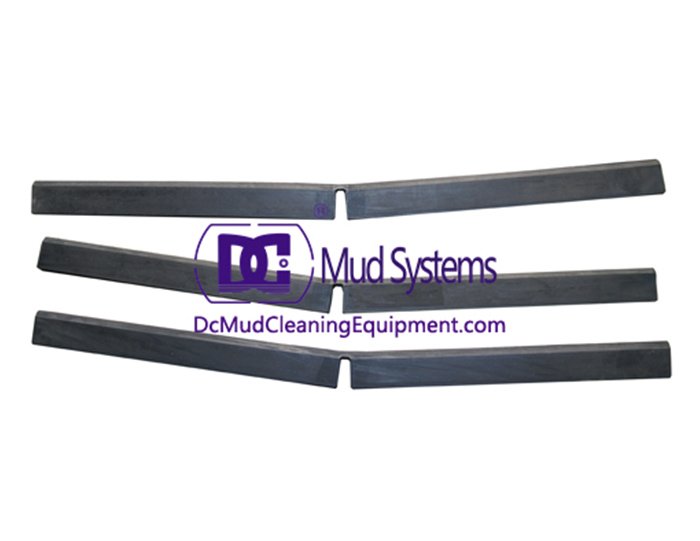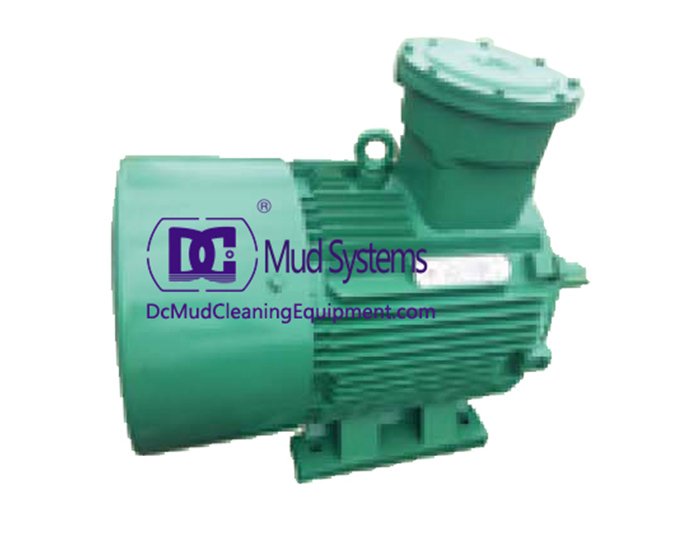In the dynamic realm of industrial screening and separation, particularly within the oil and gas, mining, and construction sectors, the reliability and performance of shaker screens are paramount. Key elements such as shaker screen material, mongoose shaker screens, the roles of shale shaker screen manufacturers and shale shaker screen suppliers, and the functionality of shaker screen bearings all contribute to the efficiency and durability of these critical components. Understanding how these aspects interrelate is essential for optimizing operations and ensuring long - lasting performance.
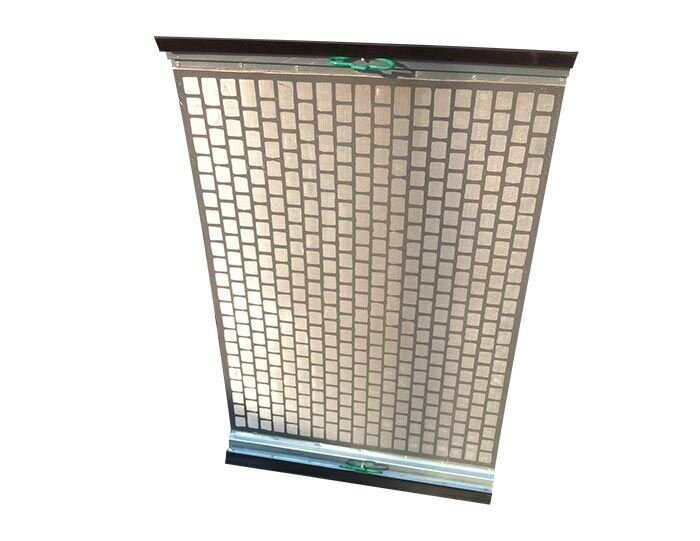
Exploring the Impact of Shaker Screen Material
The choice of shaker screen material directly influences a screen’s durability, permeability, and resistance to wear and tear. Common materials include stainless steel, polyurethane, and composite blends. Stainless steel screens are renowned for their strength and corrosion resistance, making them ideal for harsh environments with abrasive materials. Polyurethane screens, on the other hand, offer excellent elasticity and noise reduction, along with resistance to chemical degradation. Composite materials combine the benefits of both, providing a balance of stiffness and impact resistance. For example, in shale shaker applications within oil drilling, a shaker screen material with high tensile strength and fine mesh precision is crucial for effectively separating drill cuttings from drilling fluids, ensuring optimal fluid recycling and waste management.
The Excellence of Mongoose Shaker Screens
Mongoose shaker screens have established a reputation for innovation and reliability in the screening industry. Engineered with advanced manufacturing techniques, these screens are designed to withstand the rigorous conditions of heavy - duty applications. Mongoose screens often feature proprietary coatings or mesh structures that enhance their resistance to blinding and pegging, where particles get stuck in the screen openings. In mining operations, for instance, mongoose shaker screens are used to separate ore from waste rock, delivering consistent performance even when handling wet or sticky materials. Their modular design also allows for easy installation and replacement, minimizing downtime and improving overall operational efficiency.
The Role of Shale Shaker Screen Manufacturers
Shale shaker screen manufacturers play a pivotal role in developing products that meet the specific needs of different industries. These manufacturers invest in research and development to create screens with optimized mesh sizes, material compositions, and structural designs. For oil and gas applications, they focus on screens that can handle high - volume fluid processing while maintaining fine particle separation. Quality control is a key aspect of their operations, ensuring that each screen meets international standards for strength and durability. Some manufacturers also offer customization services, tailoring screens to fit specific shaker models or unique operational requirements, thereby providing solutions that enhance the performance of screening equipment.
The Vital Function of Shale Shaker Screen Suppliers
Shale shaker screen suppliers serve as a bridge between manufacturers and end - users, ensuring the availability of high - quality screens in a timely manner. These suppliers often maintain extensive inventories of standard and specialized screens, catering to the diverse needs of clients in various sectors. They work closely with manufacturers to source products that meet strict quality benchmarks, and many offer additional services such as technical support, maintenance advice, and even on - site installation assistance. In construction or mining projects, where downtime can be costly, reliable suppliers ensure that replacement screens are readily accessible, reducing delays and keeping operations running smoothly.
The Importance of Shaker Screen Bearings
Shaker screen bearings are critical components that enable the vibratory motion essential for screening operations. These bearings must withstand high levels of vibration, shock loads, and environmental factors such as dust and moisture. High - quality bearings are designed with precision to ensure smooth operation and minimal energy consumption. Regular maintenance of shaker screen bearings, including proper lubrication and alignment, is crucial to extend their lifespan and prevent premature failure. In large - scale industrial setups, a failure in these bearings can lead to significant downtime, making their reliability and proper upkeep a top priority for operators.
FAQ: Key Insights into Shaker Screen Systems
How to choose the right shaker screen material for specific applications?
Selecting the appropriate shaker screen material depends on factors such as the type of material being screened, environmental conditions, and desired screen lifespan. For abrasive materials, stainless steel or composite materials with high wear resistance are ideal. In corrosive environments, polyurethane or coated steel screens may be more suitable. It’s essential to consult with manufacturers or suppliers who can recommend materials based on specific operational parameters, ensuring optimal performance and cost - efficiency.
What maintenance practices prolong the life of mongoose shaker screens?
To extend the life of mongoose shaker screens, regular cleaning to remove trapped particles and prevent blinding is essential. Inspecting for signs of wear, such as frayed mesh or loose fittings, and addressing issues promptly can prevent further damage. Avoiding overloading the screen and ensuring proper tension during installation also contribute to its longevity. Following the manufacturer’s maintenance guidelines, including recommended cleaning agents and inspection intervals, is key to maximizing performance.
How to identify reliable shale shaker screen manufacturers and suppliers?
Reliable shale shaker screen manufacturers and suppliers have a proven track record of delivering high - quality products, often backed by certifications and positive customer feedback. Look for companies that offer detailed technical specifications, comprehensive after - sales support, and a wide range of product options. Visiting trade shows, reading industry reviews, and seeking recommendations from peers can help identify reputable partners who prioritize quality and customer satisfaction.
When should shaker screen bearings be replaced?
Shaker screen bearings should be replaced at the first signs of wear, such as unusual noise, excessive vibration, or reduced rotational speed. Regular maintenance schedules, based on the manufacturer’s guidelines and operational hours, can help predict replacement needs. Ignoring early warning signs can lead to bearing failure, potentially damaging the shaker screen and other components, so proactive replacement is crucial for uninterrupted operations.
Do composite shaker screen materials offer advantages over traditional metals?
Yes, composite shaker screen materials often combine the strength of metals with the elasticity and corrosion resistance of polymers. They are lighter than steel, reducing energy consumption, and offer better resistance to chemical damage and impact. Composite screens also tend to produce less noise during operation, making them a preferred choice in environments where noise reduction is a priority, while still maintaining high levels of screening efficiency.
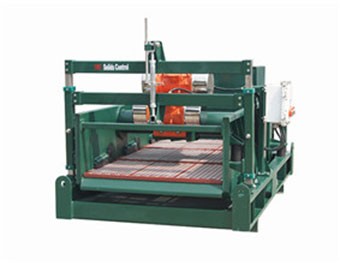 Linear Motion Shale Shaker In Drilling Rig
Linear Motion Shale Shaker In Drilling Rig 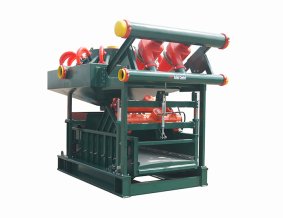 Oilfield Mud Cleaner
Oilfield Mud Cleaner 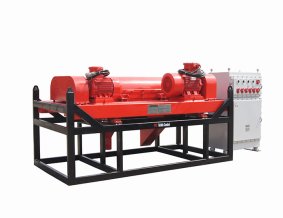 Drilling Fluid Decanter Centrifuge
Drilling Fluid Decanter Centrifuge Drilling Mud Desander
Hydrocyclone Desilter
Centrifugal Pump/Centrifugal Mud Pump
Shear Pump
Jet Mud Mixer
Horizontal Mud Agitator
Constant Pressure Drilling Fluid Mud Gas Separator
Mud Gun
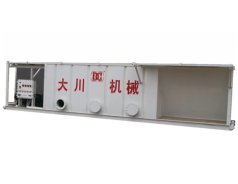 Mud Tank
Mud Tank Solids Control System Vacuum Degasser
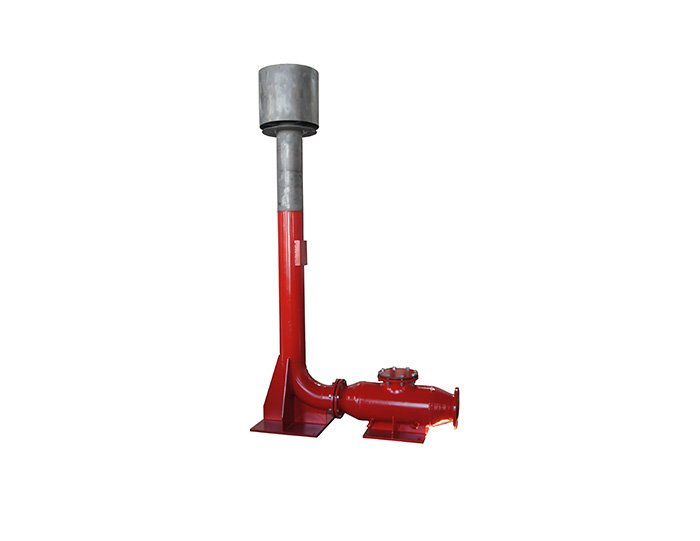 Flare Ignition Device
Flare Ignition Device  Diesel Tank
Diesel Tank 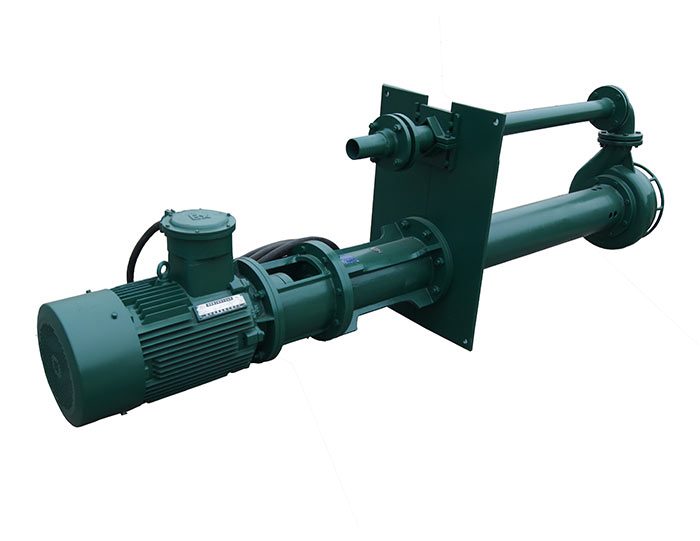 Submersible Slurry Pump
Submersible Slurry Pump 



